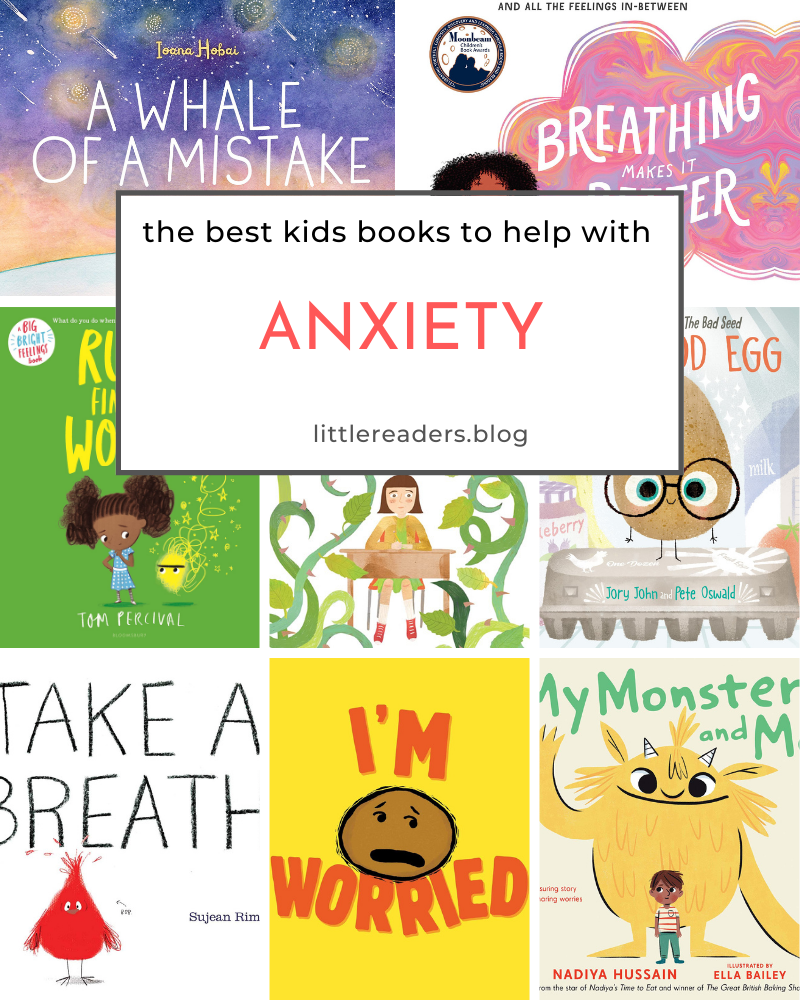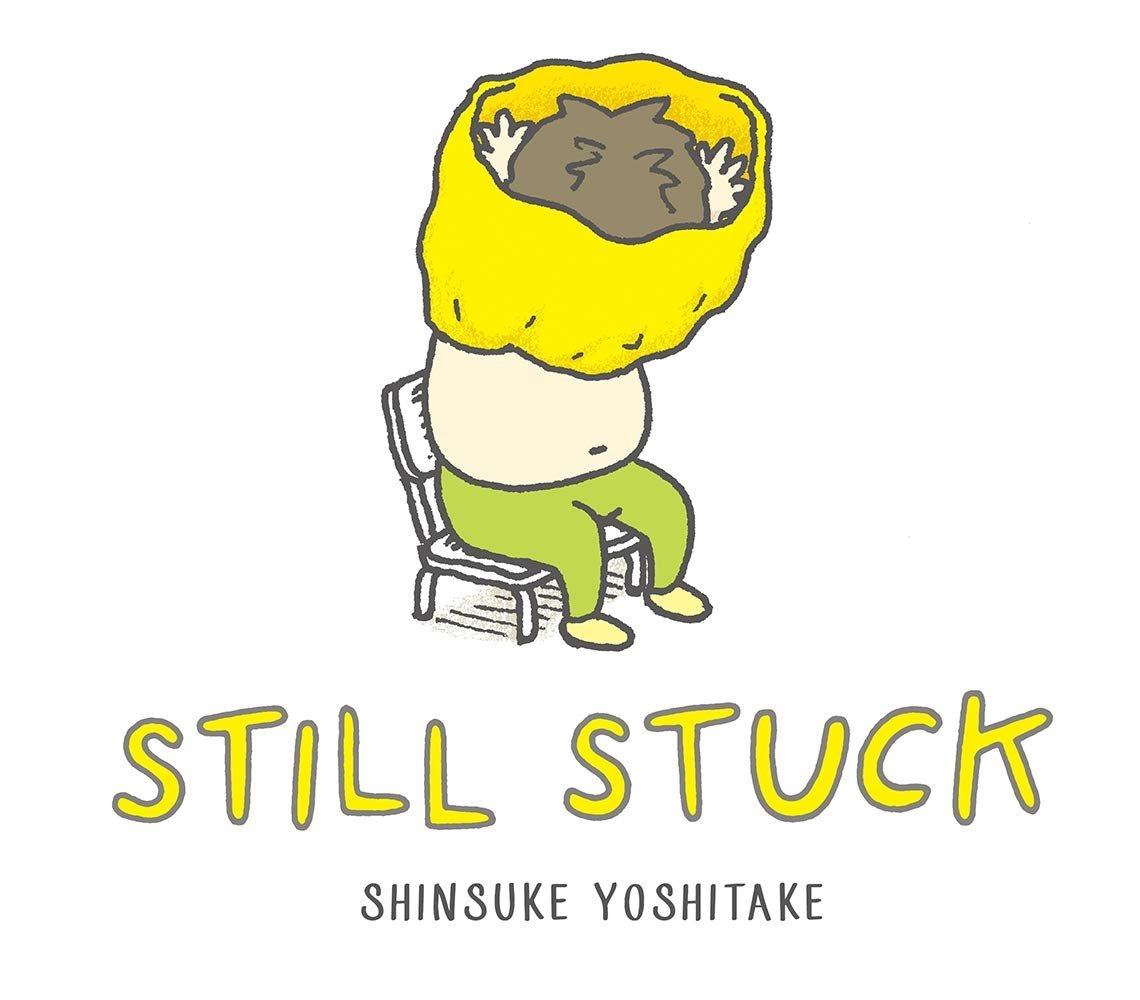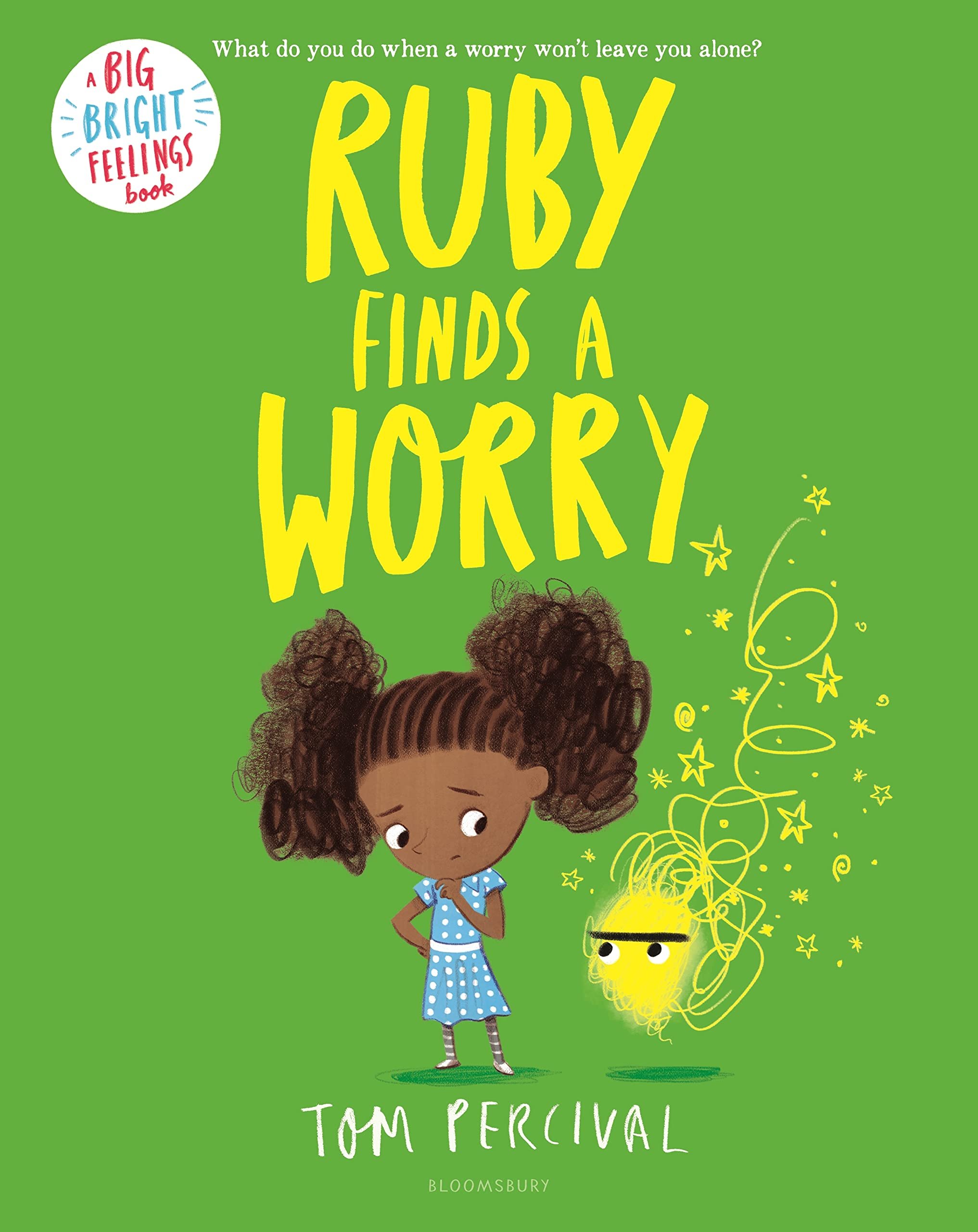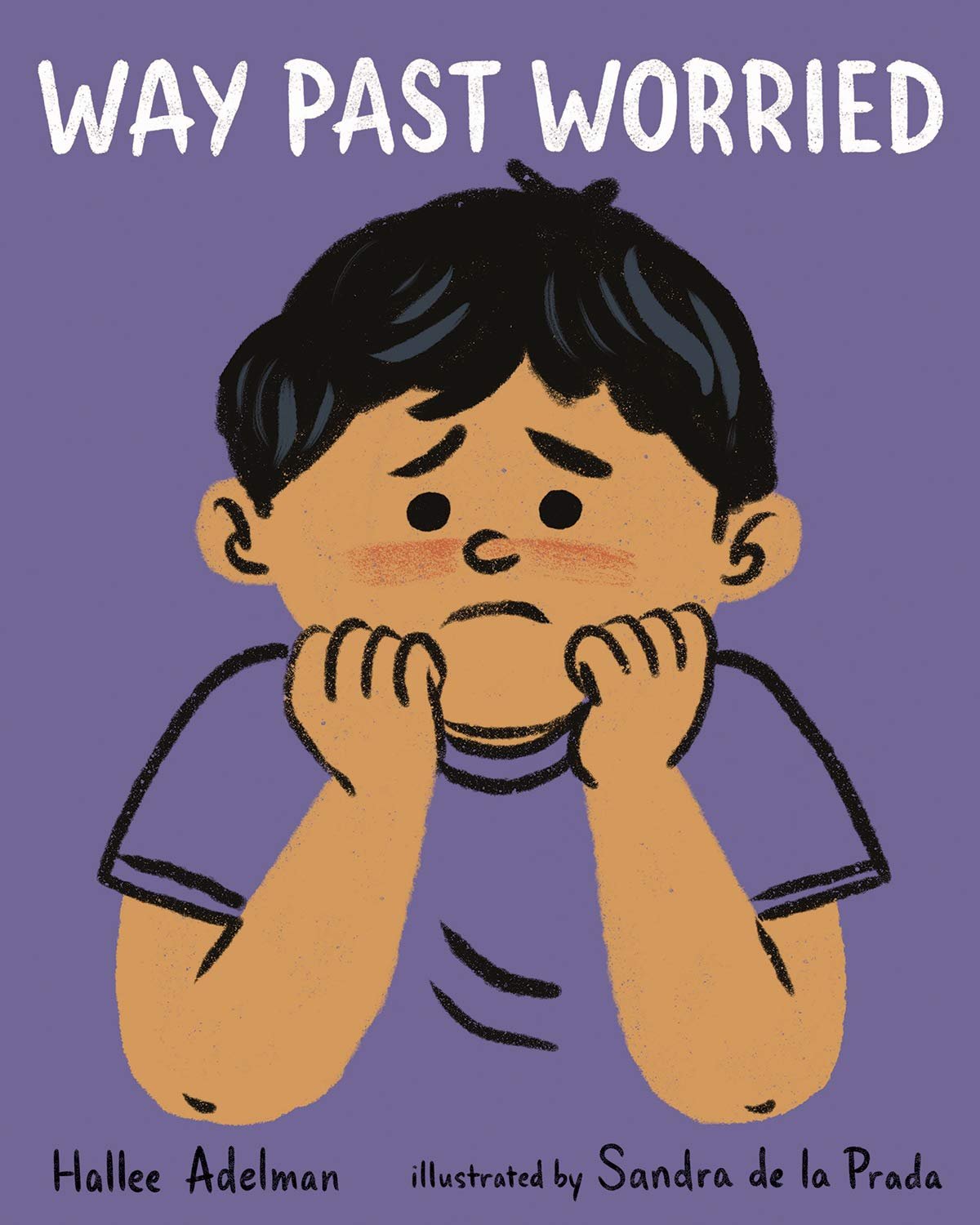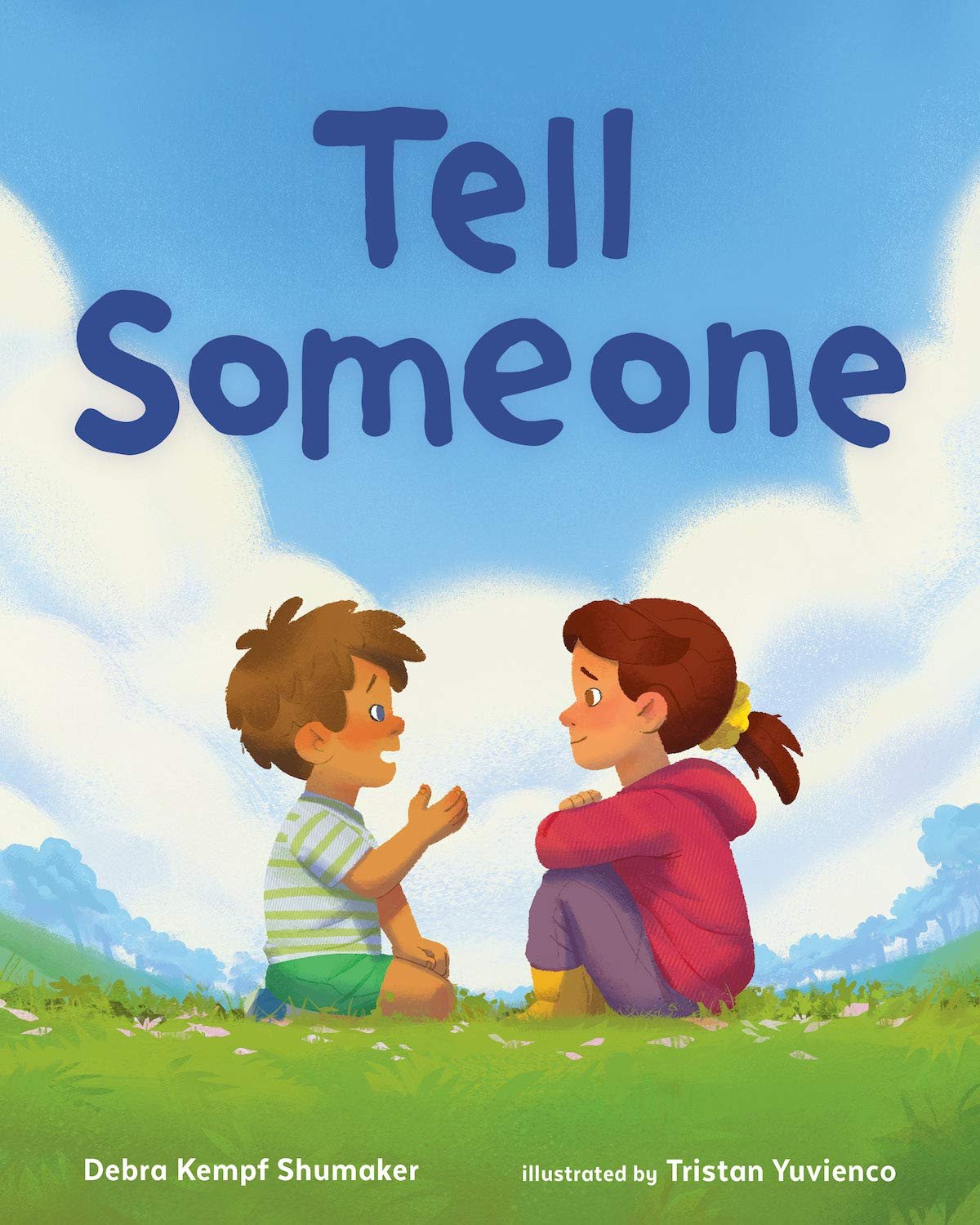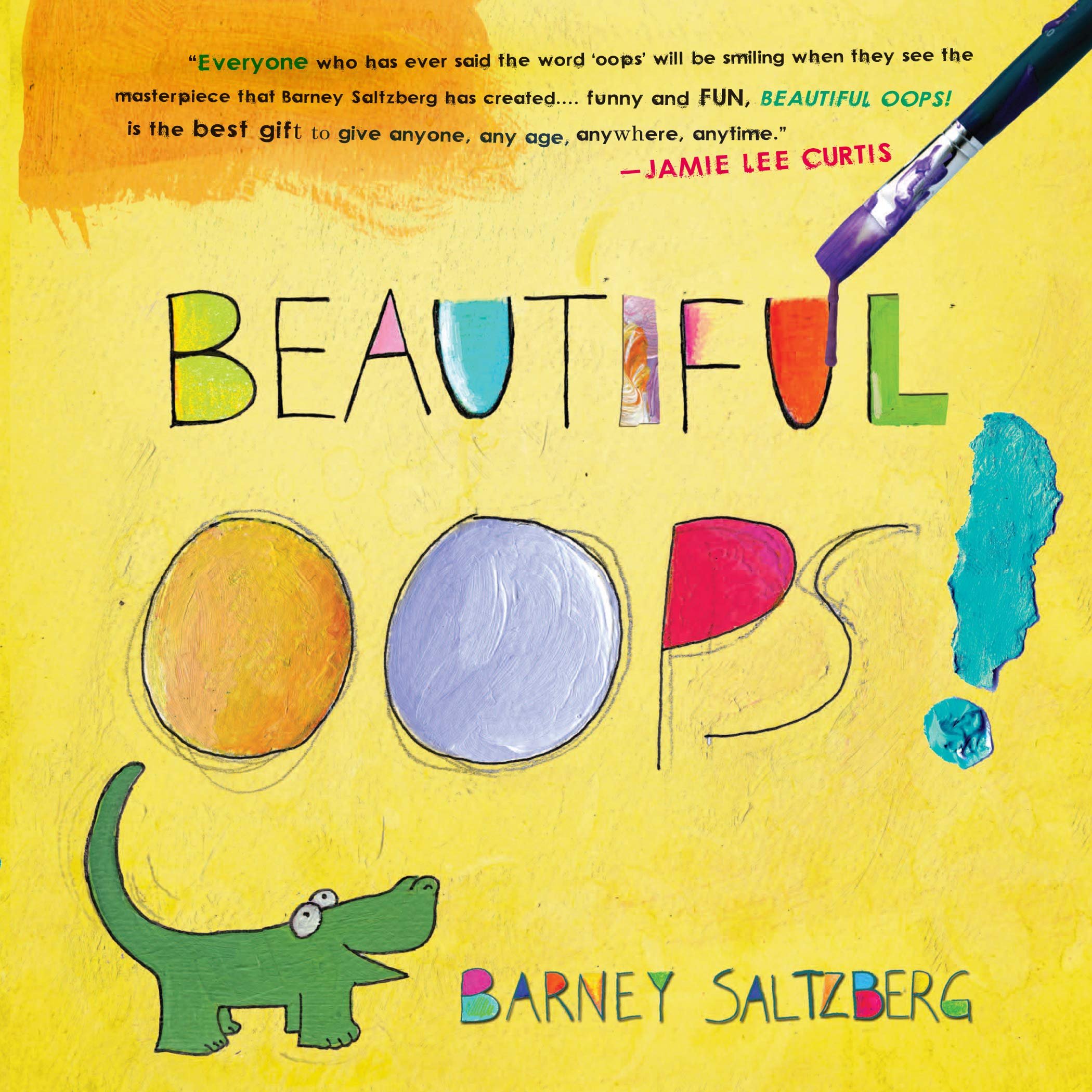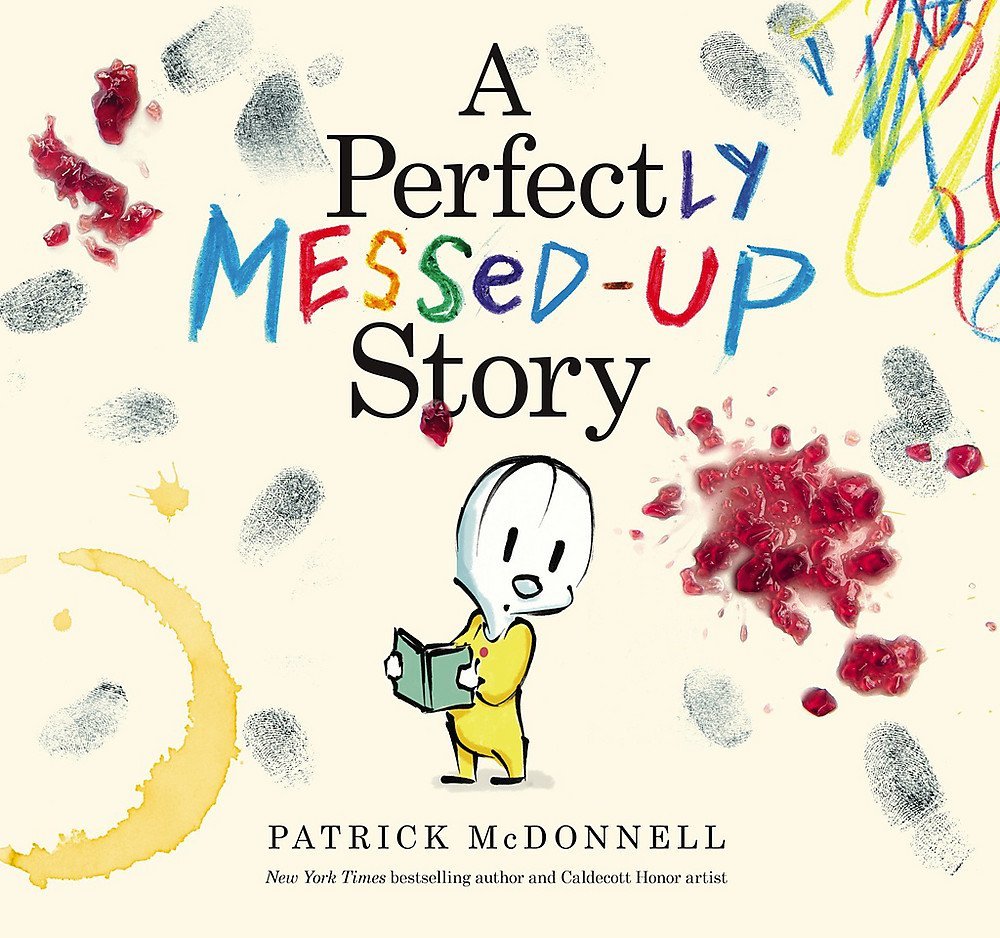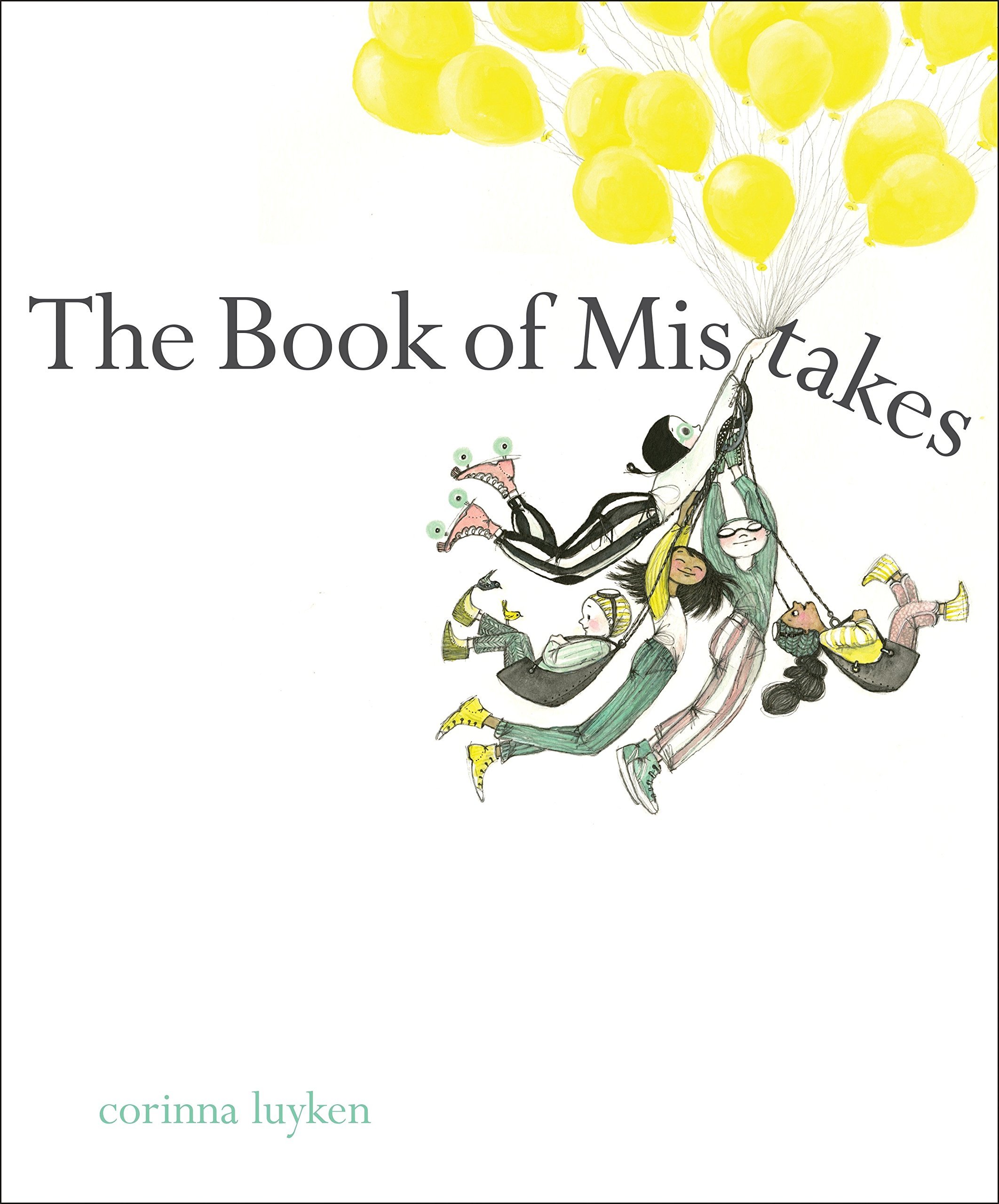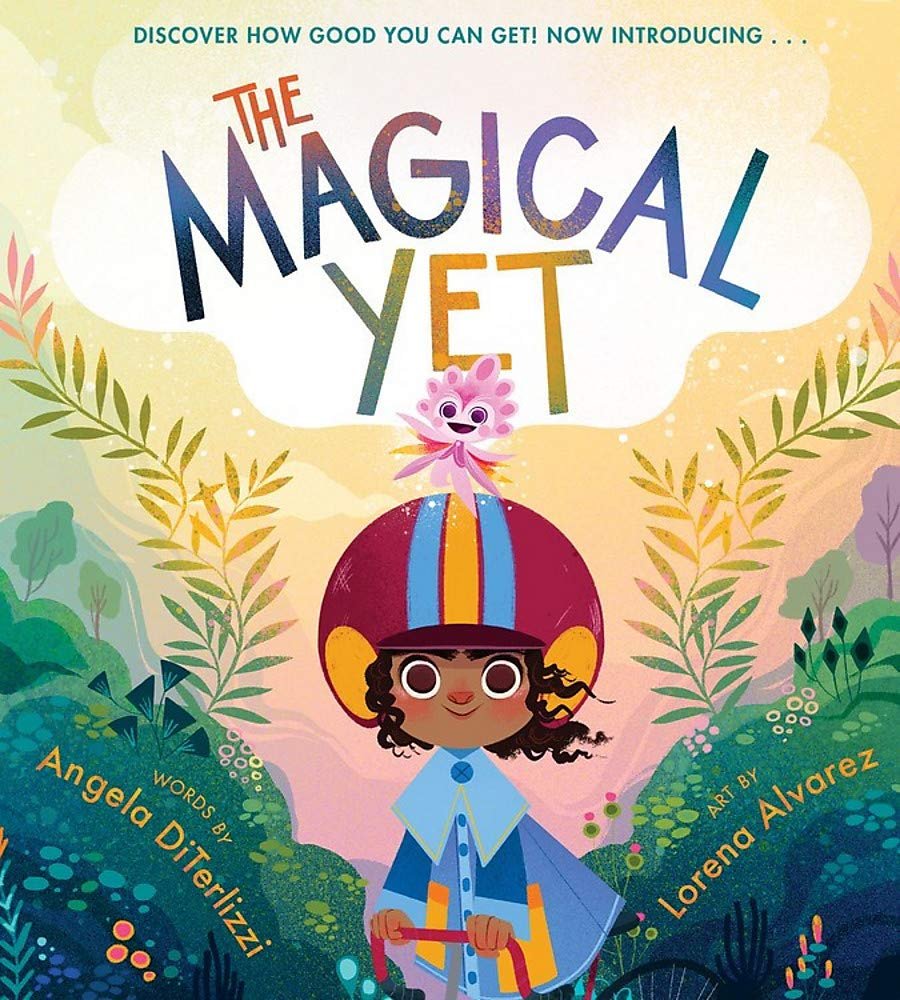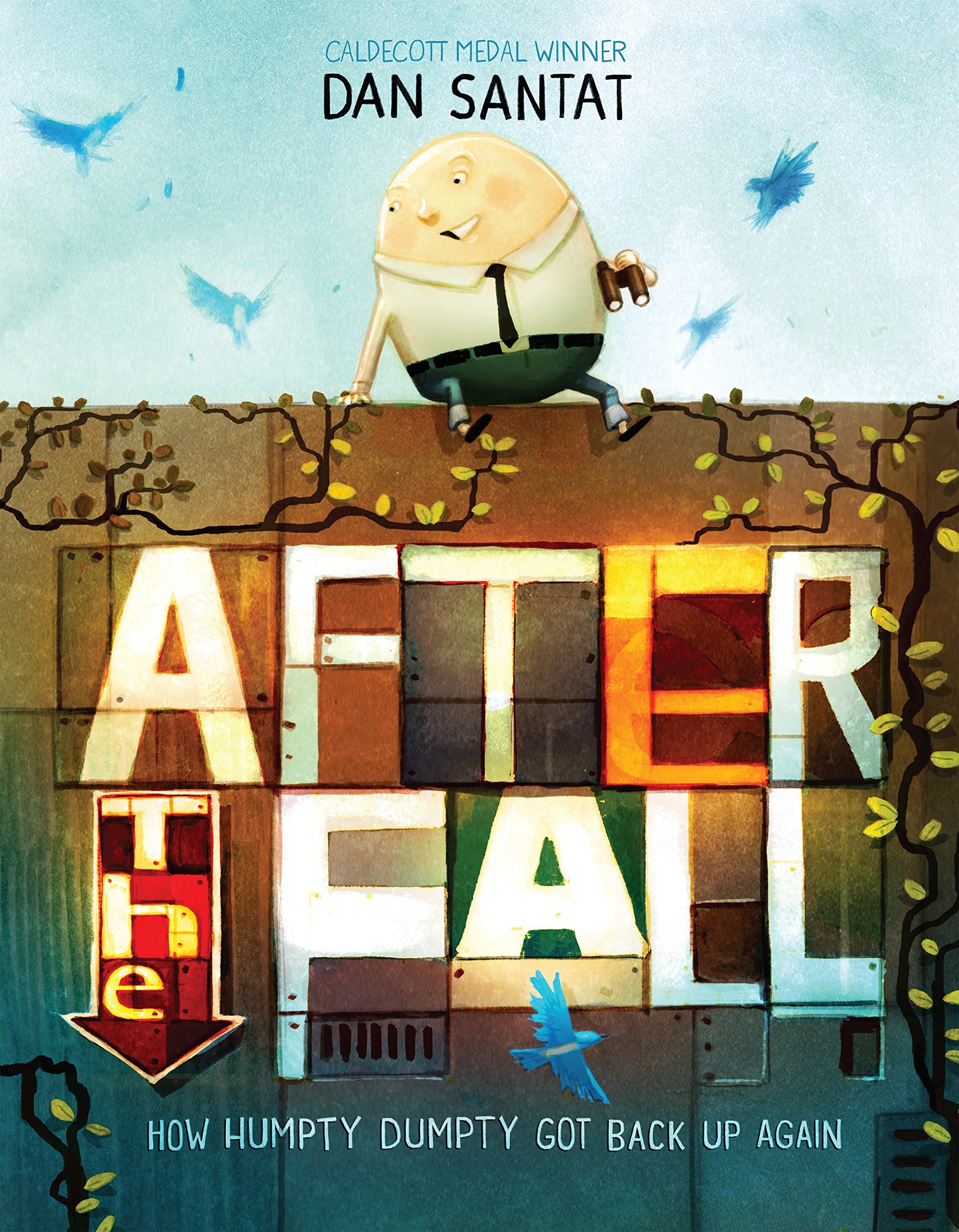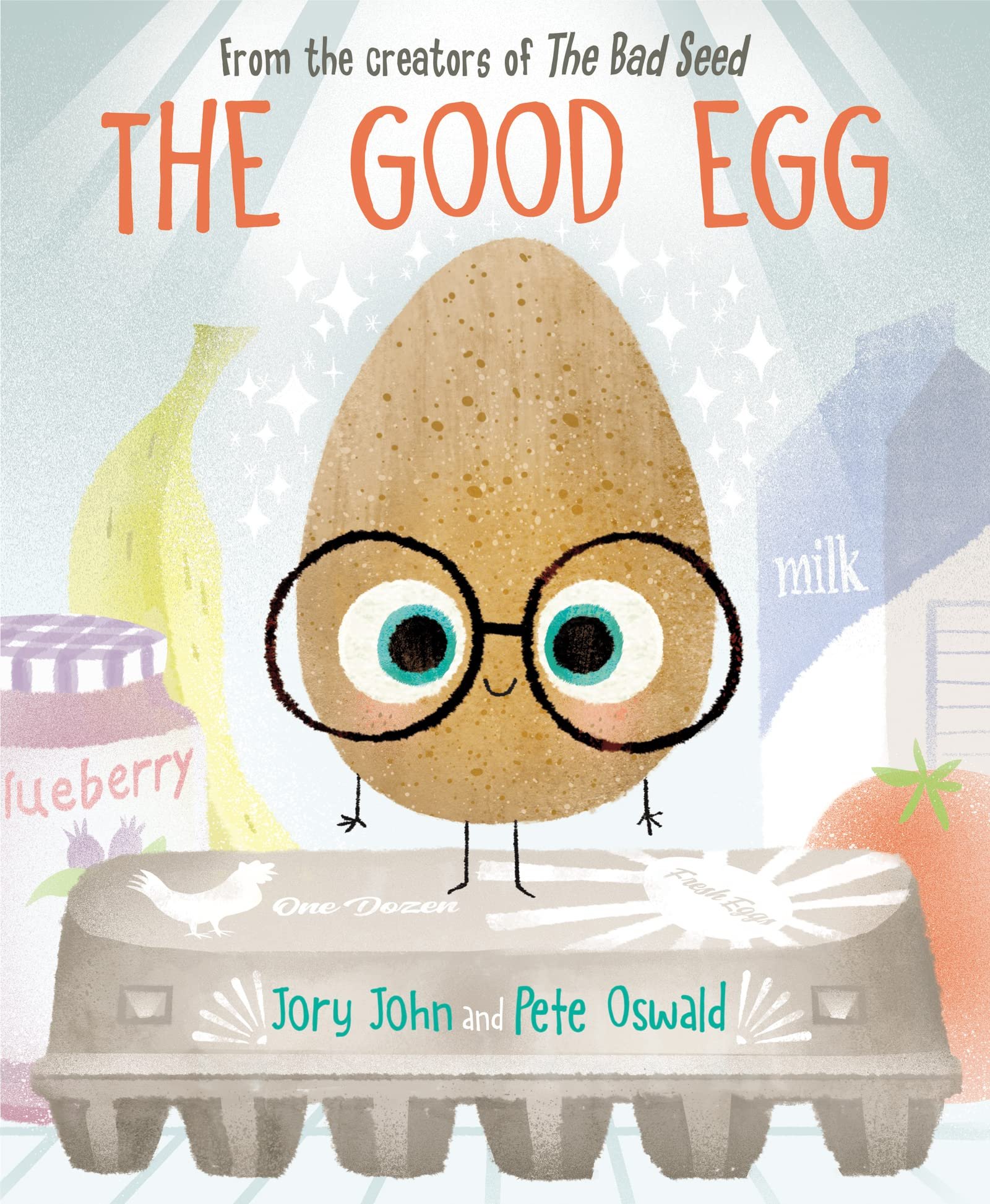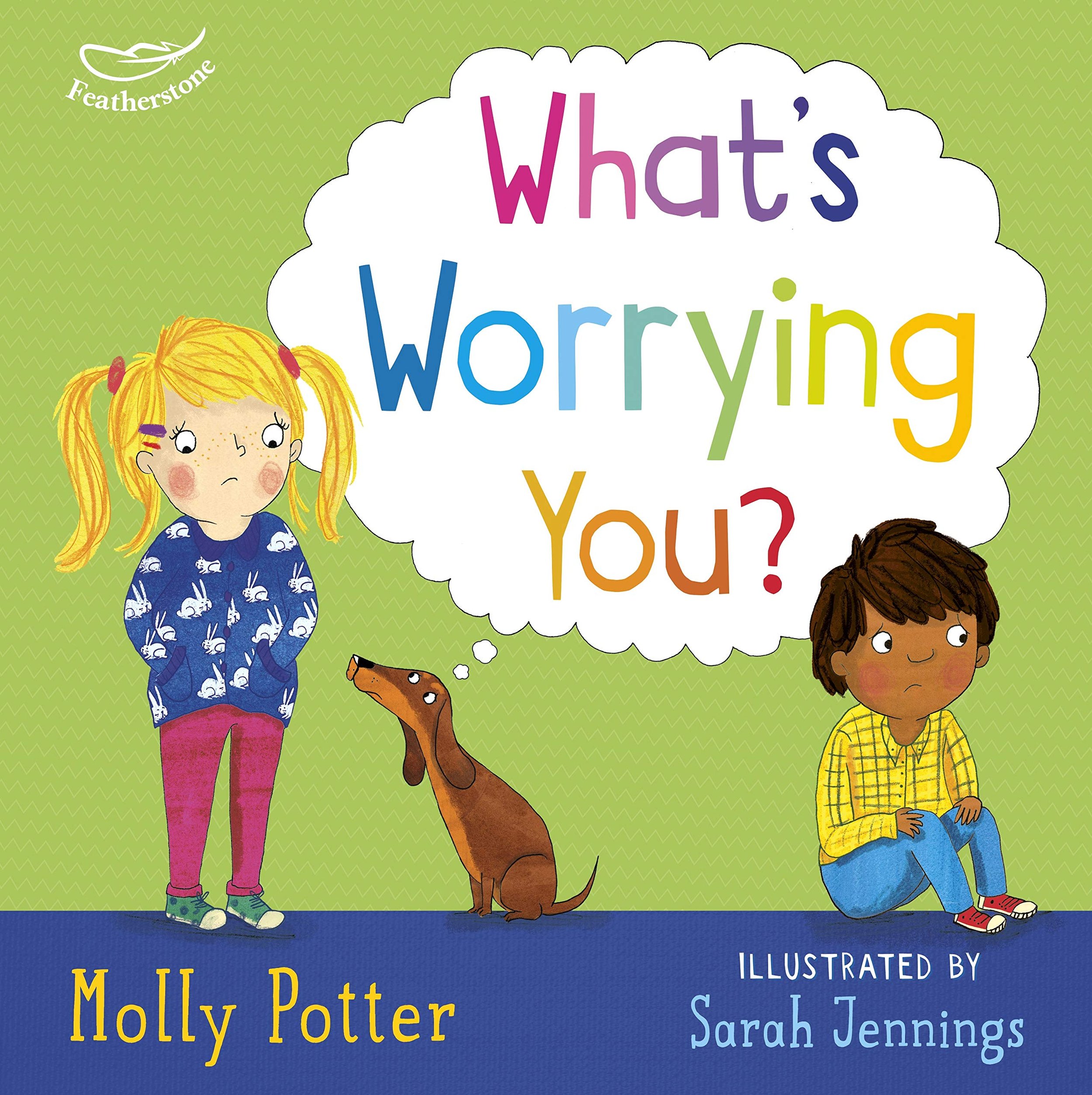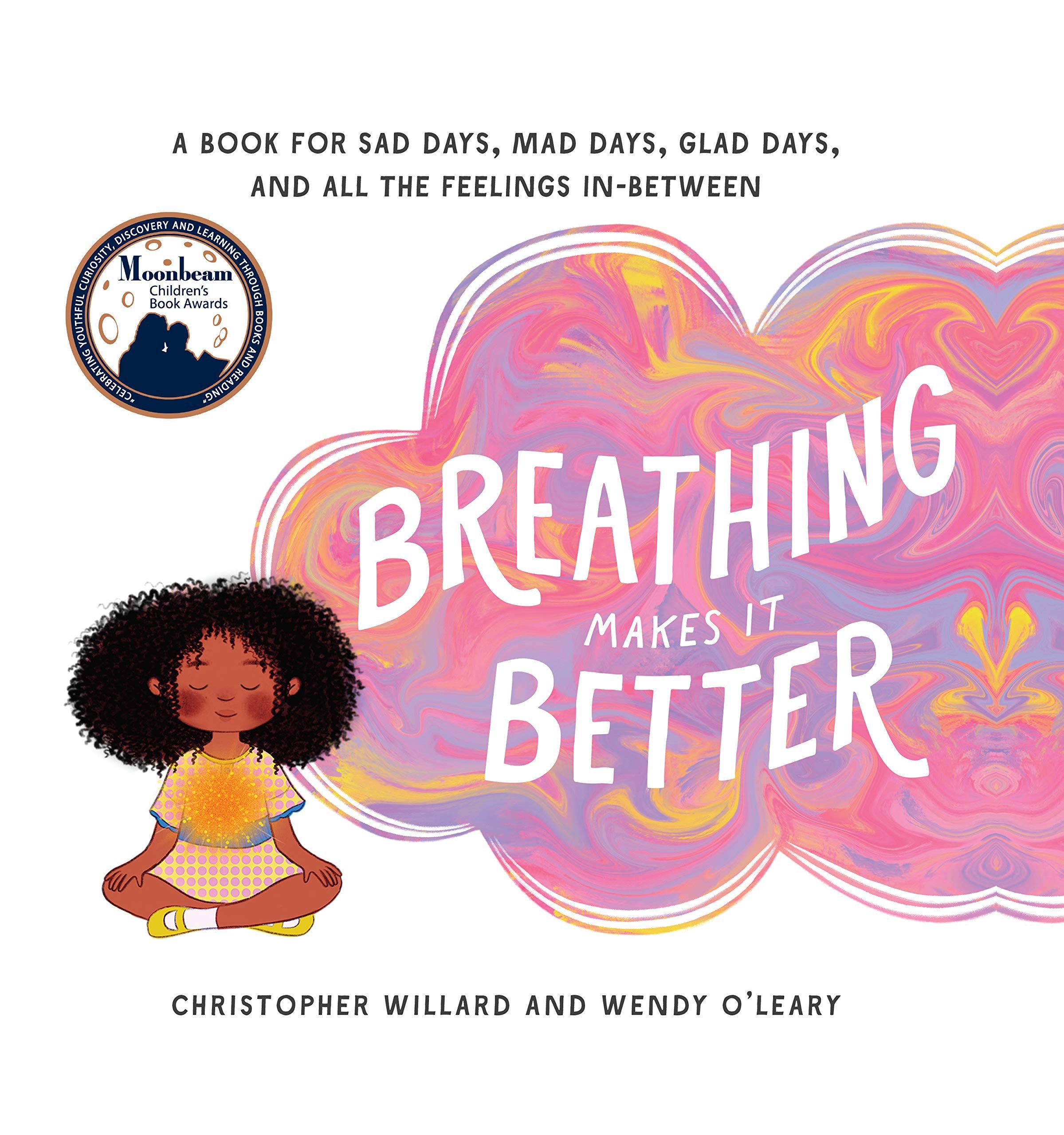The Best Kids Books to Help with Anxiety
Do you know a kiddo who has many worries and what-ifs? If so, you’ll want to check out this amazing list to help with worries and anxiety for a variety of different situations, like getting ready for the first day of school to rethinking mistakes to experiencing something new.
Whether it's worrying about the start of school, a new sibling, visiting the doctor, climate change, or more, books can be some of your best tools in helping kids with the problems they are facing. I compiled various books to help you open up communication with kids. There are a variety of strategies engaged in helping process through anxiety and worries here, so pick a book or two to check out or a big stack to share to help you help the kids in your care.
I have a little something for everyone here, and I tried to group books with a similar theme, such as making mistakes or starting school together. Reference type books and chapter books are towards the bottom, and more short reads are towards the top, so you can pick what's best for your reader!
Picture Books
Still Stuck
by Sinsuke Yoshitake
When a little boy wants to get undressed all by himself for a bath, he becomes stuck with his shirt over his head. Will he be stuck this way forever? Funny, relatable read, especially for kids who get nervous about getting stuck inside their clothing! I love the pause for reflection when he's experiencing a worrying time and the highlight that it's okay to ask for help when you need it.
Take a Breath
by Sujean Rim
I love how this one combines humor with encouraging breath; one kids will want to read again and again! The other aspect to love with this book is that kids can join in with Bob as he learns how to do relaxing breaths. Bob hasn't learned how to fly yet. He practices a lot but can't seem to get the hang of it. Anxious thoughts fill his head and overwhelm him to the point of tears. Luckily a crow passing by sees him upset and stops to talk with Bob, teaching him how to breathe.
I'm Worried
by Michael Ian Black, illustrated by Debbie Ridpathohi
This book is simple, straightforward, and has some humor that will make kids want to reread it! Potato tells flamingo and the girl that he is worried and wants someone to tell him everything will be all right, and there's nothing to fear or worry about now. Well, as you know, that's not the case. The little girl tries her best throughout the book to get potato, then flamingo and potato to take on a new perspective on life and one without as much worry—a great way to turn around negative thinking. The book talks about how worrying doesn't help, and starts to "enjoy the now."
Ruby Finds a Worry
by Tom Percival
One day Ruby discovers a worry. The worry starts small, but the longer she ignores it, the bigger it grows! The concern stops her from doing what she loves, and she begins to worry about her worry. It grows so large that it begins to take over. One day, she notices a boy with a worry and that other people have worries, too. The worries shrink and eventually disappear after Ruby and the boy talk about their worries. Simple and straightforward, if you worry, talk about it with someone.
Way Past Worried
by Hallee Adelman, illustrated by Sandra de la Prada
Brock is way past worried about going to his friend Juan’s superhero party all by himself. What if no one will play with him or others laugh at him? When he notices someone even more worried, will Brock be able to help and move beyond being way past worried? Great one for kids nervous to head to a large gathering!
My Monster and Me
by Nadiya Hussain
Tell Someone
by Debra Kempf Shumaker, illustrated by Tristan Yuvienco
"Telling someone helps make things better."
This book shares different times we might communicate with others and why we would share with them. If you fall and get a cut, they help make it better when you tell someone. You tell someone if you're feeling proud and get a high five. If you are worried about a missing pet, nervous about that first day of school, missing Grandma, or have a secret that doesn't feel right, telling someone can help make you feel better. Simple text and matching illustrations help bring focus to the main point here. Usually, I'm not a fan when messages are this straightforward, but in this case, I cannot stress the importance of kids knowing that if they tell someone when they are struggling, it can help! This may be the book that helps a child secretly suffering. From large to minor problems, they are not alone; there is help.
Olivia Wrapped in Vines
by Maude Nepveu-Villeneuve, illustrated by Sandra Dumais
Olivia has red star shoes, a bike, a stuffed lion, and vines. Vines full of thorns that grow in her belly and then wrap around her, causing problems. Many things cause the vines to grow that are invisible to everyone except Olivia. I love the relatable metaphor in this one and the patient teacher who gives her a strategy to help manage her vines. The back features more information about anxiety and a funny nickname game.
Jonathan James and the Whatif Monster
by Michelle Nelson-Schmidt
"But what if you're wrong?"
Jonathan James has a Whatif Monster that sticks close by, filling his head full of negative what-ifs. The what-if thoughts prevent him from climbing a tree, trying new food, making new friends, etc. Finally, Jonathan James decides to talk back to his Whatif Monster about all the things he's wanted to do but has been stopped by dwelling on the what-ifs.
The Whatifs
by Emily Kilgore, illustrated by Zoe Persico
Cora was always nervous, which is why the Whatifs loved being around her. The Whatifs seem to come from out of nowhere to whisper questions of doubt like": "What if I forget my homework?" and "What if I make a mistake?" When Cora's piano recital day finally arrives, the Whatifs flock to Cora, more coming with each passing minute, until Cora is consumed with worries. Luckily her friend, Stella, notices Cora. After chatting with Stella, Cora realizes that she's not alone and that there are also good Whatifs to be found in the world, and with that, Cora's mindset begins to change.
It's Okay to Make Mistakes
by Todd Parr
Big, bold splashes of color, combined with some silliness and easily relatable situations, make this book a win for just about everyone. Each page spread features a mistake on one side and why the mistake was okay to make on the other side. Spills are okay because you can clean them up. Testing out a new direction could lead to a discovery. If you get mixed up, you can ask for help. The book ends with the message that mistakes are okay because that's how you grow!
Beautiful Oops
by Barney Saltzburg
"When you think you have made a mistake, think of it as an opportunity to make something beautiful!" I love this message; so crucial for children, and everyone, to hear. We all make mistakes, and it's okay, learn and grow from them! Interactive artwork shows how a mistake was made but changed into something creative, funny, and beautiful. I like to pull this one out to read before school begins or during the year when a child comes across a hard time.
Even Superheroes Make Mistakes
by Shelly Becker, illustrated by Eda Kaban
A Perfectly Messed-Up Story
by Patrick McDonnell
Little Louie is enjoying a wonderful day and ready to share his perfect story when a jelly glob appears right in the middle of his story. After peanut butter, fingerprints, and more, little Louie becomes upset and can no longer cares what happens. After the story text finally continues, little Louie feels encouraged at how his story did turn out. Little Louie is an adorable character that will engage readers with his theatrics and the silly mess-ups that happen along the way. In the end, messes and all, little Louie and his story end up just fine. A message that regardless of what's going on, time keeps moving, and you're still here.
A Whale of a Mistake
by Ioana Hobai
When a girl makes a mistake, she worries and worries about it. It soon grows into the size of a whale and carries her out to sea. She thinks and worries about all the what-ifs, but eventually, she finally opens her eyes to discover the new imperfect world around her. When she's ready, the whale of a mistake shrinks away, allowing her to move on.
The Book of Mistakes
by Corinna Luyken
Everyone makes mistakes; that's part of how we learn. This book is like a discussion with author/illustrator Corinna Luyken about the mistakes she made when creating the illustrations in this book and the beauty that emerges because of them. The mistakes enhance the images, helping the reader shift focus on what great ideas can arise because of an error. A great one for talking about the ability to grow from our mistakes!
Lottie & Walter
by Anna Walker
Lottie is convinced a shark is lurking in the pool that wants to eat only her. This is why she can not get in the pool with her swimming teacher and the other kids. Every Saturday, Lottie watches, waits, and goes home without getting in the pool. On Saturday, while thinking about the upcoming pool party next week, she sees Walter, the walrus, looking up at her from a reflection in a puddle. Walter goes home with Lottie, where she tells him her concerns. Walter is always singing his silly song, which comforts Lottie when she talks about her fears. Another idea for the anxiety help toolbox!
Jabari Jumps
by Gaia Cornwall
Jabari feels definite, well, almost ready and not scared to jump off the diving board for the first time. He needs to figure out his special jump, do some stretches, and talk with his dad first. This story is about working up the courage to do something that may seem a little scary the first time. Maybe your little one is ready to take that first leap off the diving board this summer, or perhaps they are about to do something for the first time, school, a night away from mom and dad, whatever the reason, this is an excellent book to share. I adore the loving and supportive relationship between Jabari and his father. His father lets Jabari decide what's right for him but is ready to offer support when needed.
A Kissing Hand for Chester Raccoon
by Audrey Penn, illustrated by Barbara L. Gibson
If separation anxiety is a concern for your little one or students, definitely share this sweet read with them. Chester Raccoon was sad and cried at the thought of having to leave his mommy to go to school for the first time. Mrs. Raccoon tells Chester about all the wonderful, fun experiences he'll have at school. Cuddling Chester close, she tells him of a sweet secret called the "Kissing Hand." With the "Kissing Hand," Chester will still have part of his mom with him even when they're not together. (FYI: A Kissing Hand for Chester Raccoon is a shorter version of The Kissing Hand for those who might be a bit thrown by this version. I prefer this version to read with younger kids because it's shorter and tends to hold little kids' attention better. If you have a more seasoned or older reader, go with The Kissing Hand.)
Butterflies on the First Day of School
by Annie Silverstro, illustrated by Dream Chen
Rosie loves her new backpack and playing school, feeling excited to start. However, when the night before the big day arrives, Rosie can't sleep. After moving slowly, suggesting staying at home and not eating her breakfast, her mother states that Rosie must have butterflies in her belly. Nervously, she gets on the bus and sits down next to a little girl who talks with Rosie. As they talk, butterflies fly out of Rosie's mouth. Butterflies slip out throughout her day, and Rosie feels a little better with each passing butterfly. She ends up helping out another little girl with the butterflies in her tummy. By the end of the school day, Rosie's fear of the unknown of school has subsided, and the butterflies seem to have left her. Sweet read to open up some conversations about concerns about the first days of school.
Sesame Street: What If...?: Answers to Calm First-Day-of-School Jitters
by Sonali Fry, illustrated by Joe Mathieu
Elmo and his friends are getting ready for their first day of school. There are many what-if questions they have to ask their family. Each page spread features one of the friends talking and asking their family a what-if question about school. The family member responds warmly and with some sweet insight and advice. Great for spring boarding conversations about school worries, especially with new-to-school kids!
The Magical Yet
by Angela DiTerlizzi, illustrated by Lorena Alvarez
I love this read with its fabulous reminder of the power of the word yet. When having difficulty riding a bike, a child feels like they just can't do it, not now, not ever. It's after these negative thoughts that the Magical Yet pops up. The Yet's magic helps the child look beyond the failing point and remember all that it has helped with so far in life. Yet doesn't mind stumbles, redoes, practicing, or the time it takes to do something. Yet it is there to cheer you on till you get to the point you want to be. Lovely share when you need some encouragement to keep striving towards that goal!
Carol and the Pickle-Toad
by Esme Shapiro
Carol wore a big-footed and bossy toad as a hat. The toad would tell her where to go, what to paint, and even what to eat, all with criticisms. The longer Carol wore her rude toad, the louder the toad became, and the quieter Carol's voice got. After her toad hat gets scooped away by a pigeon, Carol isn't quite sure what to do, what to draw, or even what to eat when a chef brings her the perfect ingredients to make her new pickle-toad for a hat, which is much more accepting of different choices. However, Carol's voice is still relatively small. After a pigeon takes her second hat, what will Carol do? Will she be able to find her voice? I love this one as just a fun read-aloud and as one to encourage self-confidence and finding your voice.
Most People
by Michael Leannah, illustrated by Jennifer E. Morris
There Must Be More Than That!
by Shinsuke Yoshitake
When her older brother tells his younger sis that their future is doomed and names everything awful and horrific that will happen, she is terrified, alarmed, and anxious with worry. Her grandma tells her that no one knows the future and that there can be so many possibilities—good perspective framing for some concerns.
What Do You Do With a Problem?
by Kobi Yamada, illustrated by Mae Besom
After the Fall: How Humpty Dumpty Got Back Up Again
by Dan Santat
Humpty Dumpty tells the tale of what happened to him after "The Great Fall," how he "got back up again." He loved sitting high up on the wall, close to the birds, but the fall changed him. They were able to mend his body, but not his mind; he developed a fear of heights. That fear kept him from doing some of the things he most loved. He found a way to connect to the birds by working hard to build a paper airplane. When his airplane gets stuck in his favorite spot, high up on the wall, Humpty Dumpty is left with a decision. Will he face his fear of heights, his fear of accidents? If he does, what will happen? I love the surprise ending here, the keep trying message presented engagingly, the get back up in the face of hardship, and the appealing illustrations.
When You Are Brave
by Pat Zietlow Miller, illustrated by Eliza Wheeler
When I think about transitions, I think of feelings of being anxious about the new beginning. To feel brave, you must first be feeling some level of scared/anxiousness. This book makes a lovely read to help calm nerves and prepare to face the unknown. It's a beautiful, emotional learning read and a lovely one to gift for school graduations, regardless of level or anyone about to do something new. The perfect uplifting read for the new beginnings life brings us.
The Good Egg
by Jory John, illustrated by Pete Oswald
Out of a dozen eggs, there is only one perfect egg. The good egg goes above and beyond doing good deeds and ends stretches himself thin when he cracks after trying to make up for all the bad behavior of the other eggs. After taking some time for self-care and reflection alone, he returns to his carton of eggs with a new perspective on coping and managing his stress from the bad behavior of the other eggs.
Violet Shrink
by Christine Baldacchino , illustrated by Carmen Mok
Violet enjoys her quiet time alone, and going to a party makes her hands sweat; she would rather stay home. When a big family gathering is coming up, Violet works up the courage to talk with her dad about her nerves about going to any type of party. Together they brainstorm a way to go to a party and how Violet can be comfortable there. A great one to check out for social anxiety!
What's Worrying You?
By Molly Potter, illustrated by Sarah Jennings
This book has a lot to offer when addressing kids' commonplace worries. Worries like getting a new teacher, finding something difficult, feeling nobody is listening to you, and more are included in this book, along with concerns about parents arguing and seeing something horrible on tv. Each page spread for each worry features how you might be feeling, what you might be thinking, and, my favorite part, things to remember when/if that situation happens. I love the additional elements in this one, like the Dear Reader letter, Feelings Glossary, and guide to talking to kids about their worries. An excellent resource for elementary+ kids heading back to school.
Sergio Sees the Good: A Story of One Not So Bad Day
By Linda Ryden, illustrated by Shearry Malone
After school, Sergio comes home upset. He had dropped his lunch tray, spilling all his food. He tells his mom, "It was a completely awful day." His mom walks him through how to access if the whole day is terrible. They use a scale and marbles to rehash the good and bad of Sergio's day. Through talking with his mom, Sergio discovers negativity bias and how our brains work. At the end of the book, there is some additional info on negativity bias and gives three practice ideas that can help overcome it.
Breathing Makes It Better
By Christopher Willard and Wendy O'Leary, illustrated by Alea Marley
This book centers around the message that breathing can help you through all of your feelings that will come and go. Breath in and out, "peace is near.” It depicts intense or "scary" emotions and how breathing helps to get through them. There's acceptance for all feelings and how they will all eventually pass. There are sayings repeated frequently throughout the story that kids will catch onto and might stick with them. In the back of the book are some breathing practices and guided practice questions for kids.
Listening to My Body
By Gabi Garcia, illustrated by Ying Hui Tan
This book is a great one for working on interoceptive awareness. Interoception is, in a simple definition, the awareness of bodily sensations. The story follows a boy as he experiences and pays attention to different feelings and sensations. He notices his heartbeat, breath, stomach, and skin and the changes that occur with them in response to different experiences. He works on naming feelings, recognizing body sensations, and figuring out what his body needs. This book features "Let's Practice" activities to help kids make meaningful connections to the text.
Calm Mindfulness For Kids
By Wynne Kinder
This book contains 30+ activities that help kids practice living in the present and finding calm. It is divided into six main sections: focus, calm, move, change, care, and reflect. Each section describes the topic and then gives quick and relatively easy activities to work on that skill to bring about mindfulness. Each activity has a tip for the grown-ups reading.
Chapter Books
Guts
By Raina Telgemeier
When Raina wakes up one night with a stomach, it’s just assumed that it’s a bug. However the tummy problems don’t go away and seem to match up with her worries about school, friends, and more. After doctor visits, she goes to a counselor and eventually shares with her friends and more of her concerns with her family, which help. A funny and thoughtful, graphic novel true story of growing up and facing fears.
A Kid's Guide to Saving the Planet: It's Not Hopeless, and We're Not Helpless
By Paul Douglas, illustrated by Chelen Ecija
"It's not hopeless, and we're not helpless."
This eight-chapter book is jam-packed with information, covering topics like the world is warming, a clean-energy revolution, climate solutions you can do, and even climate careers. I appreciate the honest and upfront knowledge that is not sugar-coated here so that readers can understand issues. On the other hand, to this seemingly uncomfortable news, there are passages within chapters and stand-alone chapters that share information about youth making a difference, past earth struggles we have overcome by working together, ways technology is aiding the world, and more. This read will get readers thinking about the issues we face and how to move forward and even spark some ideas on how to make a difference starting today. Check this one out together if you know a concerned, earth-protecting kiddo.

